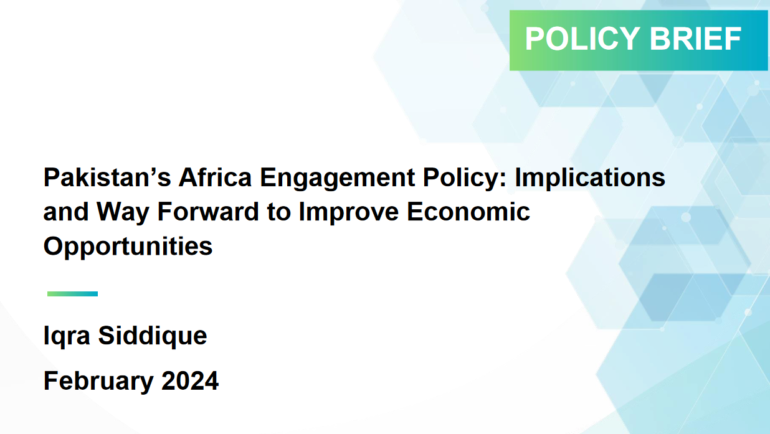Policy Brief 12/09/2025
Bangladesh and India share almost 54 rivers, and India has control over the water-sharing of 43 rivers. Sharing the Teesta River’s water has remained a recurrent challenge. Almost 90 per cent of the river’s flow is during June to September, and the remaining flow is during the dry season. As a lower riparian, Dhaka is completely dependent on India (the upper riparian) to keep a regular flow. During the monsoon season, the flow is so high that it leads to floods and in the lean season, the water is scarce. The problem is aggravated due to the construction of dams, further reducing the water flow in the dry seasons, affecting the lives of 30 million people, 71 per cent of whom are located in Bangladesh. Several steps have been taken to resolve the dispute, starting from the 1972 Joint Rivers Commission (JRC), 1983 ad hoc arrangement, to the landmark 2011 agreement. However, the dispute still persists due to several reasons, such as the domestic politics of India and Bangladesh insisiting for an equtiable water share. The corollary is eroded trust between the two states, which was not evident due to Sheikh Hasina’s close relations with Delhi. However, the fall of Hasina’s government strained the relations between the two countries. With her ouster, the chasms are visible in the form of the protests demanding to resolve this dispute. In light of this, the Bangladesh interim government has expedited the Teesta Mega Project in collaboration with China. This has raised concerns in India. With the relations between Dhaka and Delhi at a low ebb and no formal mechanism for the Teesta dispute settlement, the dispute is likely to persist.

